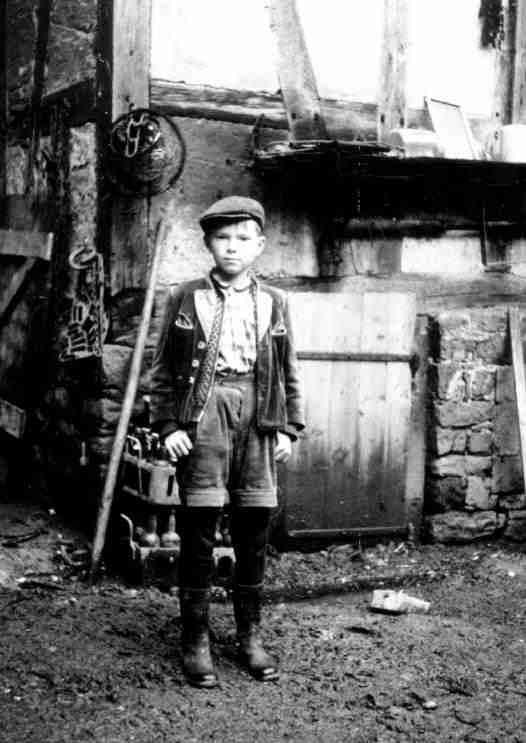
Figure 1.--This boy was photographed in southern Germany during the 1950s. Like many boys in rural areas, he wore long stockings in cool weather. He looks to be about 10-11 years old.


Figure 1.--This boy was photographed in southern Germany during the 1950s. Like many boys in rural areas, he wore long stockings in cool weather. He looks to be about 10-11 years old. |
Long stockings were widely worn by German boys in the late 19th and early 20th century. We do noty know at this time if there were important demographic differences. We simply do not have adequate information on German boys's clothes at this time. Our preliminary assessment, however, that they were worn both in urban and rural areas. After World War I, German boys increasingly began wearing kneesocks rather than long stovlings--especially older boys. Presumably the older boys found kneesocks more comfortable, but mothers insisted that younger boys who they could more easily control wear them for warmth. German boys began wearing long stockings less in the 1930s and the trend became much more pronounced. The NAZI attitude toard them was one factor here. There were some demographic differences which were more apparent in the 1930s. Long stockings continued to be worn more in rural areas where traditional clothing styles persisted longer than in urban areas. During the NAZI era this difference probably reflected te greater ease in controlling behavior in more urbanized areas. After the War is was more a factor of the greater importance of and exposure to fashion among urban populations. Boys in the country, however, continued wearing them until the early 1960s. By this time fashion destinctions of all kinds between rural and urban populations were decling as mass media, especially television, and individual family cars erased the earlier issolation of rural families.
Demographic factors involving the wearing of long stockings have varied over time. Our knowledge of 19th century trends is limited, but we have some basic information on the 20th century in which there were differences between fashion trends in urban and rural populations. Long stockings were popular with German mothers to keep their children, bith boys and girls, warm. They were generallu discouraged by the NAZIs diring the 1930s as boys' wear, but continued to be worn, especially in rural areas, even in the post-World WarII era when they were little-worn in most other countries.
Several factors are involved with thecdiffering patterns concerning long stockings in urban and rural areas. We believe that the major reasons for the differences between urban rural and rural fashions was the greater isolation of rural families. Urban mothers are exposed to the latest fashions. They usually want to dress fashionably themselves and to dress their children fashionably to impress friends and neighbors. Rural families are also under less ibtrusive social controls as they lead their lives in greater isolation. Thus was one reason that the NAZI fashion influence was less pronounced in rural areas. Urban children are in constant contact with other children. They see what the other children are wearing and swant to dress like them. Children that dress differently, in fact can be treased by the other children. This is less true in rural areas. Rural parents seem less concerned with impressing others with fashionable dress. Thus quite wealthy farm families not uncommonlu chose practical roften frugal clothing for thenselves and their children. Also rural children were in contact with other children to a much more limited extent. Thus they were not as exposed to fashion trends and under less pressure to conform. This of course changed in post-World War II Germany. The mass media, especially television, brought the latest in fashion into the most remote farm home. In addition, the post-War economic miracle brought affluence meant grearter dispoasable income which could be used for fashionable clothes as well as family cars which further reduced the isolation of farm families.
Related Pages:
[Return to the main Main German long stockings page]
[Return to the main Main German hoisery page]
[Knee socks]
[White knee socks]
[Long stockings]
[Striped socks]
[White stockings]
[Tights]
Navigate the Historic Boys' Clothing Web Site:
[Introduction]
[Activities]
[Biographies]
[Chronologies]
[Countries]
[Style Index]
[Bibliographies]
[Contributions]
[FAQs]
[Links]
[Glossaries]
[Satellite sites]
[Tools]
[Boys' Clothing Home]
